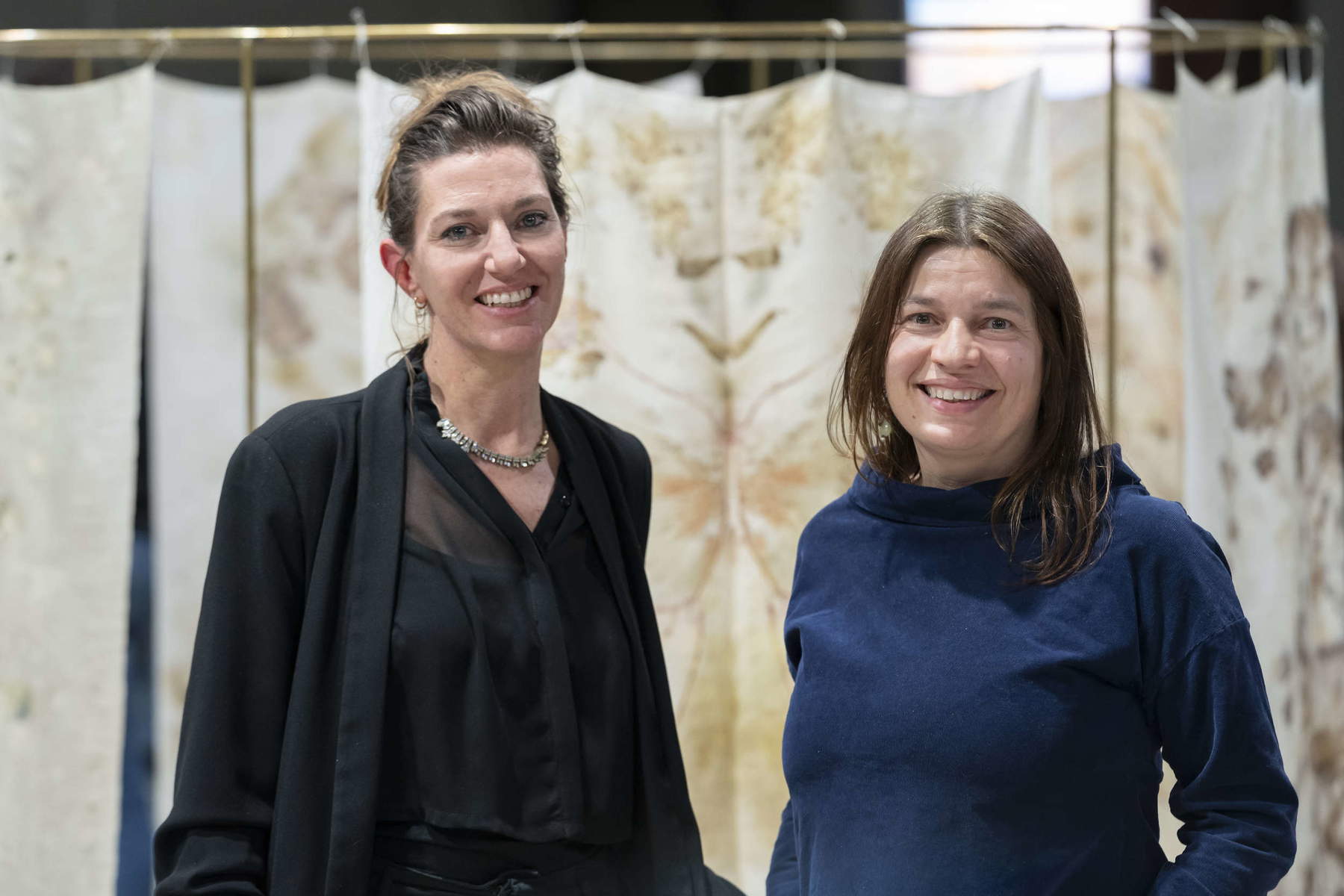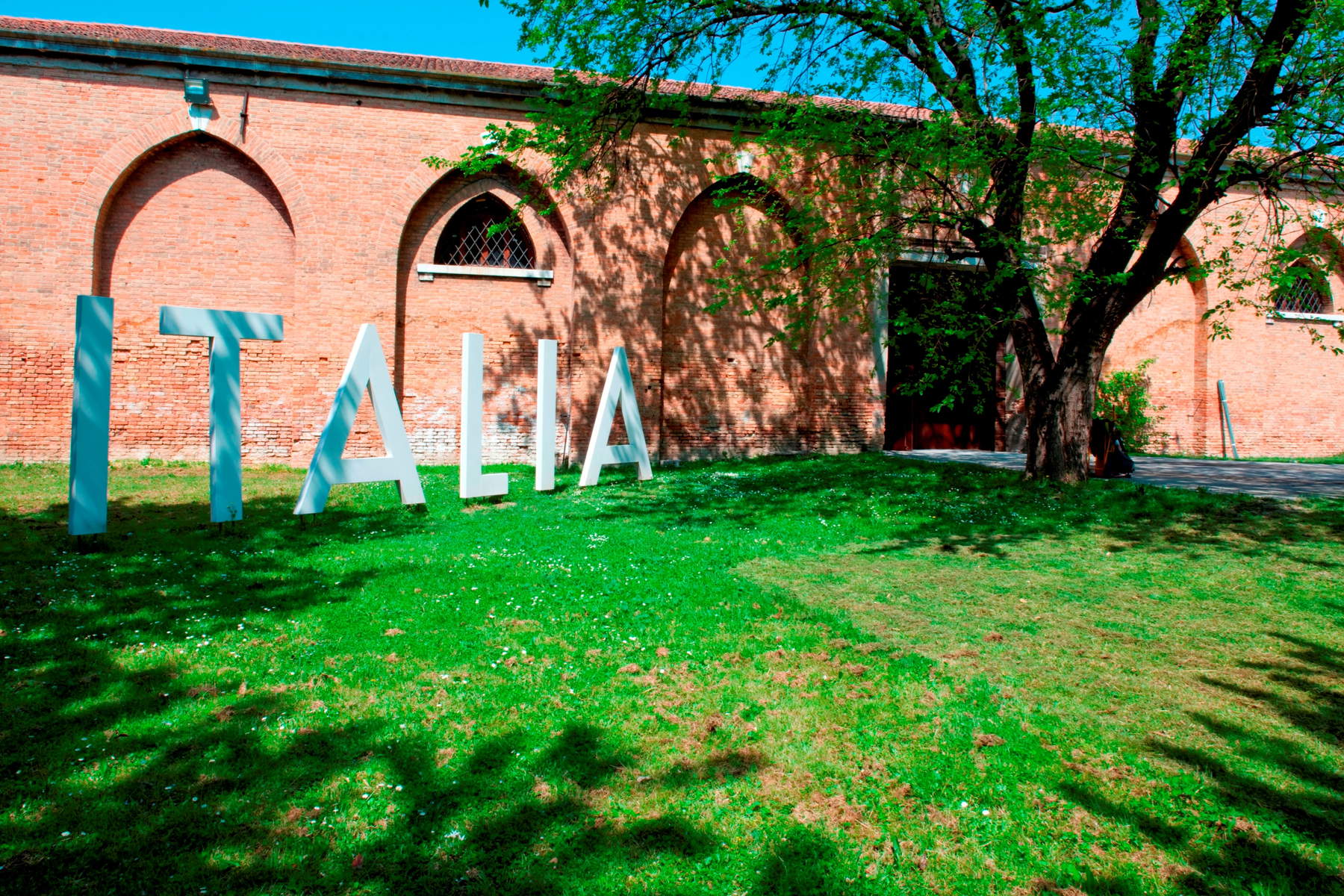Cecilia Canziani will be the curator of the Italian Pavilion at the Venice Biennale 2026, scheduled from May 9 to November 22, 2026. The choice was announced by Culture Minister Alessandro Giuli, who selected the proposal “Con te con tutto” by artist Chiara Camoni among the three finalists identified at the end of the public procedure initiated by the Ministry of Culture’s General Directorate for Contemporary Creativity.
The project, submitted by Canziani, emerged as the minister’s favorite after a two-stage evaluation process involving a commission of experts called to examine numerous dossiers from the Italian curatorial and artistic scene. The trio of finalists submitted for the Minister’s decision included Cecilia Canziani with the project Con te con tutto by Chiara Camoni, Valentino Catricalà with Scola Aperta by the duo Formafantasma, and Marta Papini with Parlare di notte by Guglielmo Castelli and Giulia Cenci. The Evaluation Committee emphasized the high quality of the ten projects selected in the first phase of the public notice, highlighting the conceptual soundness, experimental capacity and scientific coherence of the finalist proposals. Particular appreciation was expressed for the originality of the three projects that reached the finals, which were considered excellent not only in terms of vision and innovation, but also in terms of international competitiveness and overall feasibility.
The winning project, Con te con tutto, thus represents the new face of the Italian Pavilion for the Biennale Arte 2026, marking a collaboration between two protagonists of the Italian art scene: curator and art historian Cecilia Canziani and artist Chiara Camoni, among the most significant figures of the new generation. As usual, the details of the project will be illustrated during a dedicated press conference to be held between March and April 2026, when the conceptual, installation and organizational aspects of the Pavilion at the Arsenale, the historical venue for national exhibitions, will be presented.
“Cecilia Canziani’s proposal with Chiara Camoni’s project,” said Giuli, “is a remarkable feminine declination of a ’magical materialism’ that antiquarizes the present, with skillful Mediterranean evocations, citations and transcendent imitations. The project shows a rare ability to transform Nature into a living artistic laboratory.”
This is what the Evaluation Committee (composed of Angelo Piero Cappello, Claudio Varagnoli, Ester Coen, Luca Cerizza and Valerio Terraroli) said about Cecilia Canziani’s project proposal: "With you, with everything develops a highly original vision of shared creativity, placing female friendship and overcoming the limits of authorship at the center. Themes such as sharing, wonder, dialogue and the flow of time are intertwined with the transformation of matter, giving rise to a language that combines craftsmanship and visual arts. The appropriation and reinvention of savoir faire offer innovative figuration, capable of subverting traditional categories between major and minor arts. In keeping with the assumptions outlined by Koyo Kouoh for In Minor Keys, the project addresses central issues such as ecology, processuality and co-creation, constructing a path that is both a reflection on Italian sculpture from the archaic age to the twentieth century and a renewed vision of contemporary practice. The installation enhances the structure of the Tese, activating the space with naturalness and coherence."

For several editions now, the appointment of the curator of the Italian Pavilion has taken place through a public procedure that aims to ensure transparency and plurality of voices in the definition of the national project at the Biennale. The General Directorate for Contemporary Creativity of the Ministry of Culture managed the entire process, which consisted of two phases. In the first, an independent commission selected ten projects based on criteria of innovation, artistic quality, originality and sustainability. In the second, three finalists were chosen from these, which were then submitted to the minister for final evaluation.
Giuli’s decision is in continuity with a line that intends to enhance young Italian curatorship, encouraging collaboration with artists capable of expressing contemporary languages that are also recognized internationally.

Born in Rome in 1976, Cecilia Canziani is an art historian, lecturer and independent curator. She holds a PhD in Art History from the Federico II University in Naples, after graduating from the University of Rome “La Sapienza,” and a Master’s degree in Curating from Goldsmiths College in London. He holds the chair of Phenomenology of Contemporary Art at the Academy of Fine Arts of L’Aquila and teaches Contemporary Art History in the International Master in Art History at the University of Rome Tor Vergata.
Her activity combines teaching with curatorial research. She is co-founder of the IUNO research center and the Les Cerises publishing project, dedicated to artists’ books for children. She directed the Nomas Foundation in Rome together with Ilaria Gianni and conceived with Simone Menegoi and Andrea Zegna the public art program ZegnArt for the Ermenegildo Zegna Group. He is also a member of the Doctoral Commission at the Academy of Fine Arts in Naples.
Throughout her career, Canziani has developed a curatorial vision based on the connection between artistic practices and collective learning processes, privileging the themes of collaboration, education and community building through art.
In 2014 she was a Research Fellow at the Henry Moore Foundation in Leeds, while in 2023 she served on the Scientific Steering Committee for the beautification of buildings in earthquake-affected areas for the Ministry of Culture. Recent exhibition projects include the first museum retrospective of Linda Fregni Nagler at the GAM in Turin (2025), the Festival of Foreign Academies and Cultural Institutes at the Palazzo delle Esposizioni in Rome (2024), and an exhibition dedicated to Elisa Montessori at the Italian Cultural Institutes in Warsaw and Krakow, also in 2024.
Her collaborations with prominent institutions such as the Galleria Nazionale d’Arte Moderna in Rome and MAXXI L’Aquila testify to a constant focus on contemporary practices and the enhancement of the work of Italian artists in the international context.
Born in Piacenza in 1984, Chiara Camoni is today one of the most recognized and appreciated Italian artists in the contemporary field. Her research explores the possibilities of sculpture and assemblage, renewing plastic language through the use of natural materials, salvaged objects and elements of everyday life.
Camoni conceives artistic practice as a shared experience, in which creation is never a solitary gesture, but the result of a collective process. In his works, often made with the participation of other people in workshop settings, craft gestures and conceptual reflection coexist. His work challenges the traditional distinction between major and minor arts, between art and craft, between individual and collective production.
Ceramics is one of the central materials of her poetics: not only as a means of expression, but as a symbolic language that encapsulates the idea of fragility, transformation and memory. Through the recovery of natural and discarded elements, Camoni builds a dialogue between man and the environment, between time and matter, which translates into sculptures, installations and performances of strong relational value.
In recent years his career has undergone considerable consolidation, with participation in exhibitions in important Italian institutions such as Pirelli Hangar Bicocca, the GAM in Turin and the Festival dei Due Mondi in Spoleto, as well as in prestigious international contexts such as the CAPC in Bordeaux, Manifesta 15 in Barcelona and the Bangkok Biennial.
Her path with Cecilia Canziani is a long one: in fact, the curator has been following the artist’s work since 2010, curated her first monograph published by NERO in 2017, and since 2018 has been collaborating with her on the itinerant research project La giusta misura, dedicated to the relationships between art, nature and knowledge.
The choice of Canziani and Camoni seems to indicate a desire to build an Italian Pavilion that focuses on the dimensions of relationship and community, themes that both protagonists share in their respective practices. The announcement of their selection now opens the operational phase, which will lead in the coming months to the definition of the actual exhibition project, the production of the works and the design of the space inside the Arsenale.
“The project presented by Cecilia Canziani fully responds to the themes at the heart of Koyo Kouoh’s Art Biennale, which intends to focus on ’minor tones,’ or islands of beauty, thought and resilience that are often ignored,” said Angelo Piero Cappello, Director General of Contemporary Creativity of the Ministry of Culture and Commissioner of the Italian Pavilion. “The curator’s proposal stands out for its ability to weave craft making and reflection on the feminine into a narrative that celebrates collaboration and the transformation of matter as a poetic act. I would like to thank the other members of the Commission for their complex work: the overall quality of the projects reviewed testifies to the vitality and depth of contemporary Italian artistic research.”
On learning of her appointment,Cecilia Canziani says, “I am honored and delighted to receive the appointment as curator of the Italian Pavilion at the Biennale Arte 2026 and I thank the Minister of Culture Alessandro Giuli, the Directorate General for Contemporary Creativity and the Evaluation Commission for the trust they have placed in the project. It is a special joy to be able to face this important appointment alongside Chiara Camoni, an artist with whom I have shared much of my path, and to present the themes of time, making and relationship, which have always characterized her research on sculpture, in a new key.”
 |
| The Italian Pavilion at Biennale 2026 will be female: Chiara Camoni curated by Cecilia Canziani |
Warning: the translation into English of the original Italian article was created using automatic tools. We undertake to review all articles, but we do not guarantee the total absence of inaccuracies in the translation due to the program. You can find the original by clicking on the ITA button. If you find any mistake,please contact us.